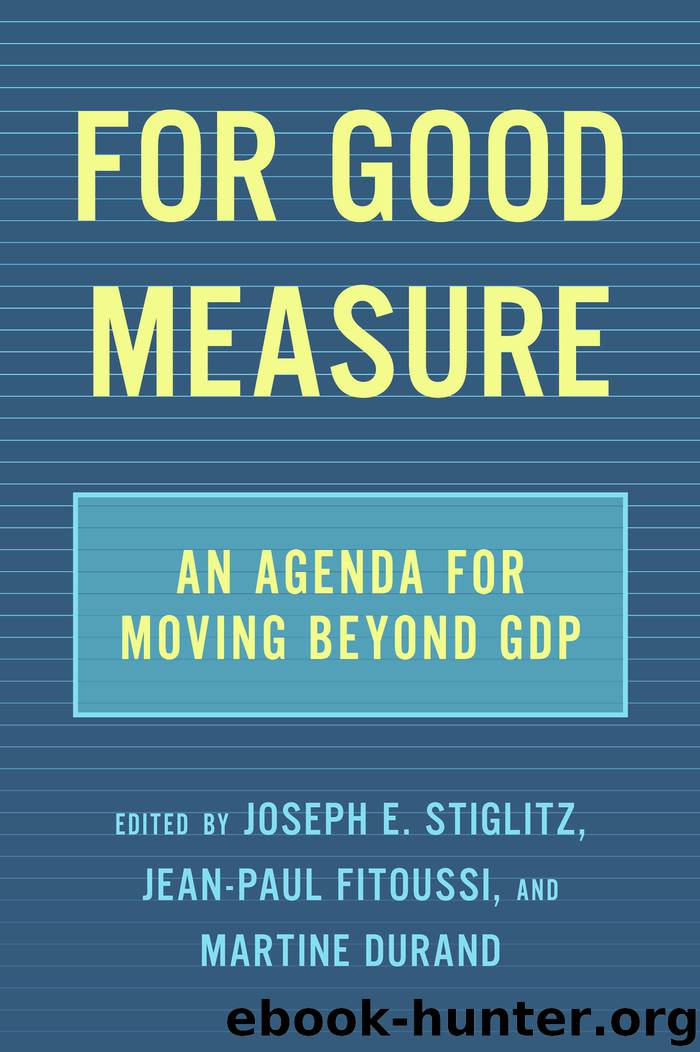For Good Measure by For Good Measure (epub)

Author:For Good Measure (epub)
Language: eng
Format: epub
Publisher: The New Press
Published: 2019-02-15T16:00:00+00:00
Note: Share of net public wealth (public assets minus public debt) in net national wealth (private plus public).
Source: China: Piketty, T., L. Yang, and G. Zucman (2017), “Capital accumulation, private property and rising inequality in China 1978–2015,” WID.world Working Paper, No. 2017/6; other countries: Piketty, T. and G. Zucman (2014), “Capital is back: Wealth-income ratios in rich countries, 1700–2010,” Quarterly Journal of Economics, Vol. 129(3), pp. 1255–1310, and WID.world updates. StatLink 2 http://dx.doi.org/10.1787/888933839715.
Another key institutional factor driving the rise of private wealth-to-income ratios is the gradual transfer from public wealth to private wealth. This is particularly spectacular in the case of China, where the share of public wealth in national wealth dropped from about 70% in 1978 to 35% by 2015, as shown in Figure 6.3. The corresponding rise of private property has important consequences for the levels and dynamics of inequality. Net public wealth has become negative in the United States, Japan, and the United Kingdom, and is only slightly positive in Germany and France. This arguably limits government’s ability to redistribute income. The only exceptions to the general decline in public property are oil-rich countries with large public sovereign funds, such as Norway.
Wealth Inequality Dynamics: The United States, China, France, and the United Kingdom
Finally, we present findings on wealth inequality in Figure 6.4. We stress that currently available statistics on the distribution of wealth are highly imperfect. More transparency and better access to administrative and banking data sources are sorely needed if we want to gain knowledge of the underlying evolutions. In WID. world, we combine different sources and methods to reach robust conclusions: the income capitalization method (using income tax returns), the estate multiplier method (using inheritance and estate tax returns), wealth surveys, national accounts, and “rich lists.” Nevertheless, our series should still be viewed as imperfect, provisional, and subject to revision. We provide full access to our data files and computer codes so that everybody can use them and contribute to improving the data collection.12
We observe a large rise of top wealth shares in the United States and China in recent decades, and a more moderate rise in France and the United Kingdom. A combination of factors explains these trends. First, higher-income inequality and severe bottom-income stagnation explain higher wealth inequality in the United States. Next, the very unequal process of privatization and access by Chinese households to quoted and unquoted equity probably played an important role in the very fast rise of wealth concentration in China. The potentially large mitigating impact of high real estate prices should also be taken into account; this effect, which benefited the middle class, is likely to have been particularly strong in France and the United Kingdom, where housing prices have increased significantly relative to stock prices.
Figure 6.4. Top 1% Wealth Share in China, the United States, France, and the United Kingdom, 1890–2015
Download
This site does not store any files on its server. We only index and link to content provided by other sites. Please contact the content providers to delete copyright contents if any and email us, we'll remove relevant links or contents immediately.
We Need to Talk by Celeste Headlee(5542)
Pre-Suasion: A Revolutionary Way to Influence and Persuade by Robert Cialdini(4145)
I Love You But I Don't Trust You by Mira Kirshenbaum(3805)
Captivate by Vanessa Van Edwards(3795)
Surrounded by Idiots by Thomas Erikson(3773)
Goodbye Paradise(3726)
How to Win Friends and Influence People in the Digital Age by Dale Carnegie & Associates(3495)
How to win friends and influence people by Dale Carnegie(3397)
Fluent Forever: How to Learn Any Language Fast and Never Forget It by Gabriel Wyner(3028)
The Dictionary of Body Language by Joe Navarro(2946)
The Hard Questions by Susan Piver(2924)
The Story Factor: Inspiration, Influence, and Persuasion through the Art of Storytelling by Annette Simmons(2536)
Just Listen by Sarah Dessen(2523)
How to Be Yourself by Ellen Hendriksen(2371)
Behave: The Biology of Humans at Our Best and Worst by Robert M. Sapolsky(2271)
The Power of Moments by Chip Heath & Dan Heath(2244)
How to Make Small Talk by Melissa Wadsworth(2201)
Not Nice: Stop People Pleasing, Staying Silent, & Feeling Guilty... And Start Speaking Up, Saying No, Asking Boldly, And Unapologetically Being Yourself by Dr Aziz Gazipura PsyD(2151)
The Small BIG Small Changes that Spark Big Influence by Steve Martin & Noah Goldstein & Robert Cialdini(1864)
